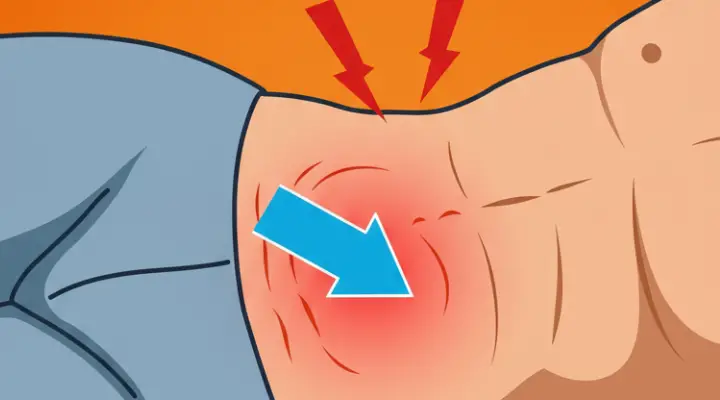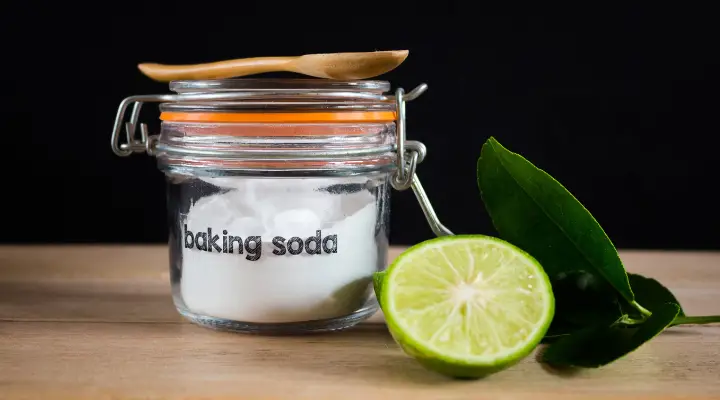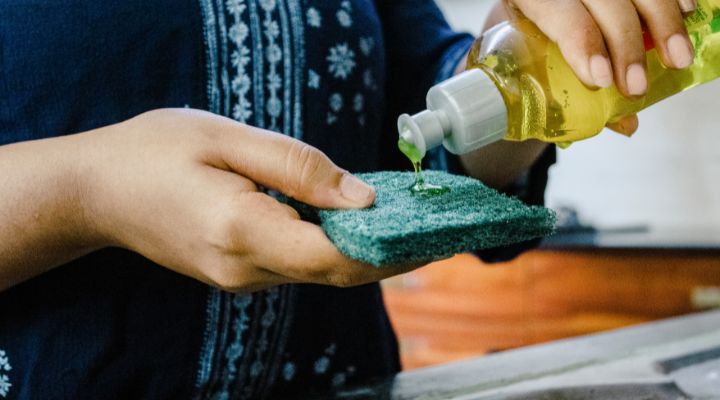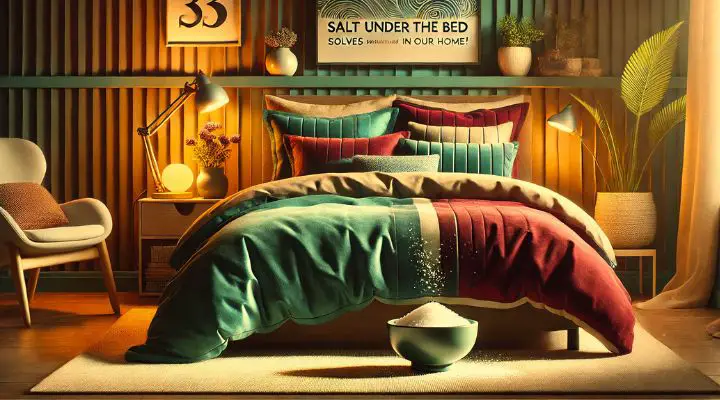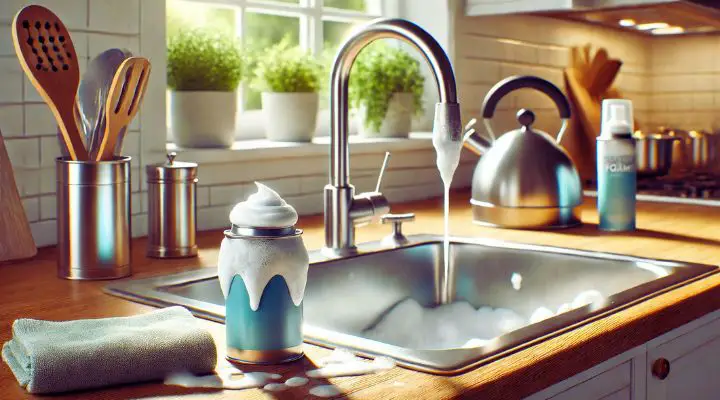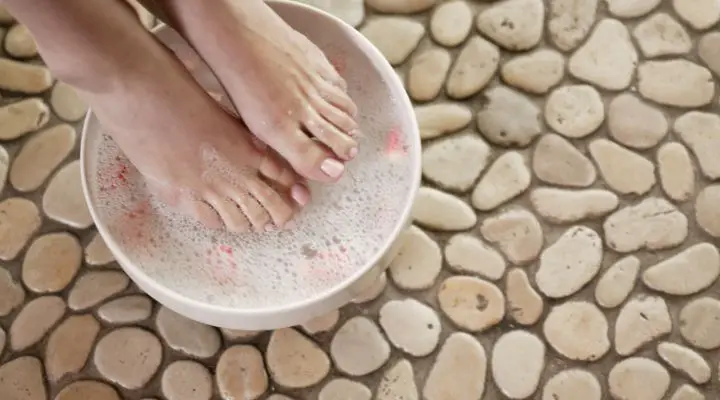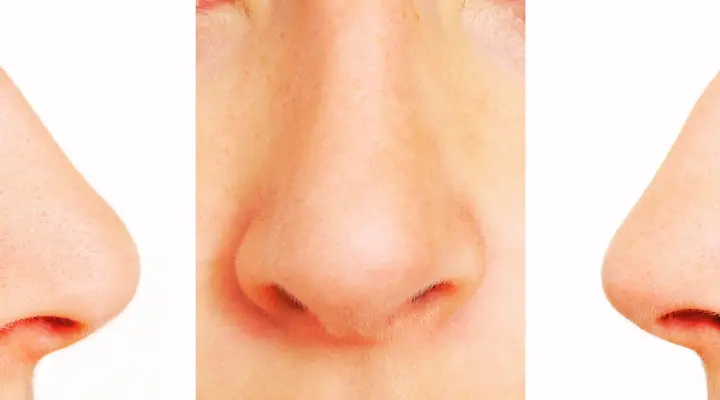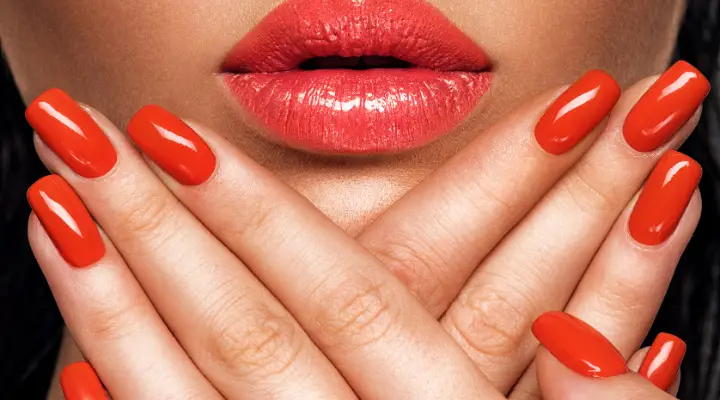
Understanding Topical Eye Patches
Topical eye patches have gained popularity in the skincare industry as an effective solution for under-eye concerns, including dark circles, puffiness, fine lines, and wrinkles. These patches are designed to deliver active ingredients directly to the skin, ensuring maximum absorption and effectiveness. But how do they work, and are they suitable for everyone?
How Do Topical Eye Patches Work?
Eye patches are formulated with hydrating, anti-aging, and brightening ingredients that penetrate the delicate under-eye skin. These patches provide an occlusive barrier, preventing evaporation and allowing the active compounds to be fully absorbed. Key benefits include:
- Intensive hydration from ingredients like hyaluronic acid and glycerin.
- Reduction of puffiness with cooling agents such as caffeine and cucumber extract.
- Brightening of dark circles with vitamin C and niacinamide.
- Smoothing of fine lines and wrinkles using peptides and retinol.
Types of Topical Eye Patches
1. Hydrogel Eye Patches
Hydrogel patches are soaked in a serum-rich formula and provide deep hydration. They adhere well to the skin and are ideal for reducing puffiness and dryness.
2. Collagen-Infused Eye Patches
Collagen patches help to restore skin elasticity and firmness. They are particularly beneficial for mature skin, targeting fine lines and sagging under the eyes.
3. Microneedle Eye Patches
These patches contain dissolving microneedles that deliver ingredients like hyaluronic acid, peptides, and vitamin C deeper into the skin. They offer advanced anti-aging benefits and long-lasting results.
4. Sheet Mask Eye Patches
Infused with serums, sheet mask-style eye patches are easy to use and provide instant hydration. They are perfect for quick fixes before events.
Key Ingredients in Topical Eye Patches
1. Hyaluronic Acid
Known for its powerful hydration properties, hyaluronic acid retains moisture and keeps the under-eye skin plump and smooth.
2. Peptides
Peptides promote collagen production, reducing fine lines and wrinkles while improving skin elasticity.
3. Caffeine
Caffeine acts as a vasoconstrictor, reducing puffiness and brightening dark circles by stimulating blood circulation.
4. Retinol
A well-known anti-aging ingredient, retinol boosts cell turnover and helps fade fine lines, wrinkles, and pigmentation.
5. Vitamin C
Vitamin C is an excellent brightening agent, reducing hyperpigmentation and revitalizing dull under-eye skin.
How to Use Topical Eye Patches Effectively
To achieve optimal results, follow these steps:
- To get rid of oil, debris, and makeup, wash your face well.
- Apply the patches carefully under your eyes, ensuring they adhere properly.
- Leave them on for the recommended time (usually 10–30 minutes).
- Gently pat the remaining serum into your skin for maximum absorption.
- Follow up with an eye cream for added hydration and protection.
Who Can Use Topical Eye Patches?
Most people can safely use topical eye patches. However, individuals with sensitive skin or certain allergies should check the ingredients list before application. If irritation develops, stop using the product and see a dermatologist.
How Often Should You Use Eye Patches?
The frequency of use depends on the type of patch and individual skin concerns:
- Daily use: Hydrating and soothing patches with gentle ingredients like hyaluronic acid.
- 2-3 times a week: Anti-aging patches containing retinol or peptides.
- As needed: Instant brightening or de-puffing patches for special occasions.
Are There Any Side Effects?
While topical eye patches are generally safe, some potential side effects include:
- Redness or irritation due to strong active ingredients.
- Allergic reactions to certain formulations.
- Temporary dryness or peeling when using retinol-infused patches.
If you experience discomfort, stop using the product and consult a skincare specialist.
Choosing the Best Eye Patches for Your Needs
When selecting an eye patch, consider:
- Your skin type (dry, oily, sensitive, or mature skin).
- Your primary concerns (dark circles, puffiness, fine lines).
- Ingredient preferences (natural, organic, fragrance-free).
- Brand reputation and reviews.
DIY Alternatives to Commercial Eye Patches
For those who prefer natural skincare solutions, DIY eye patches can be made using simple ingredients found at home:
- Cucumber slices for cooling and de-puffing.
- Green tea bags to reduce dark circles.
- Aloe vera gel for hydration and soothing.
- Cold milk compresses to brighten under-eye skin.
Final Thoughts
Topical eye patches are a convenient and effective solution for various under-eye concerns. By choosing the right type and ingredients, you can achieve visibly refreshed, youthful-looking skin. Consistency is key, so make eye patches a regular part of your skincare routine for the best results.
[sharethis-inline-buttons]

